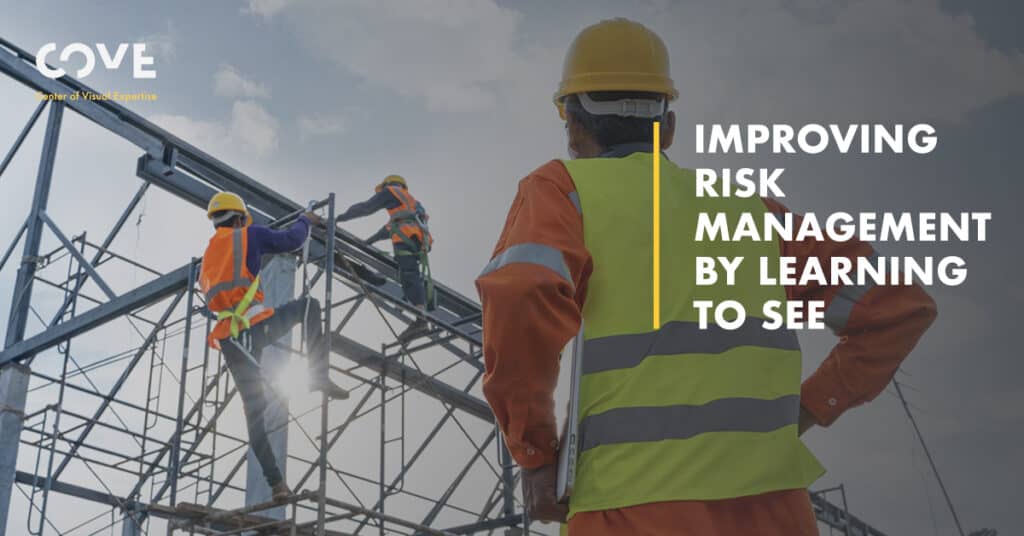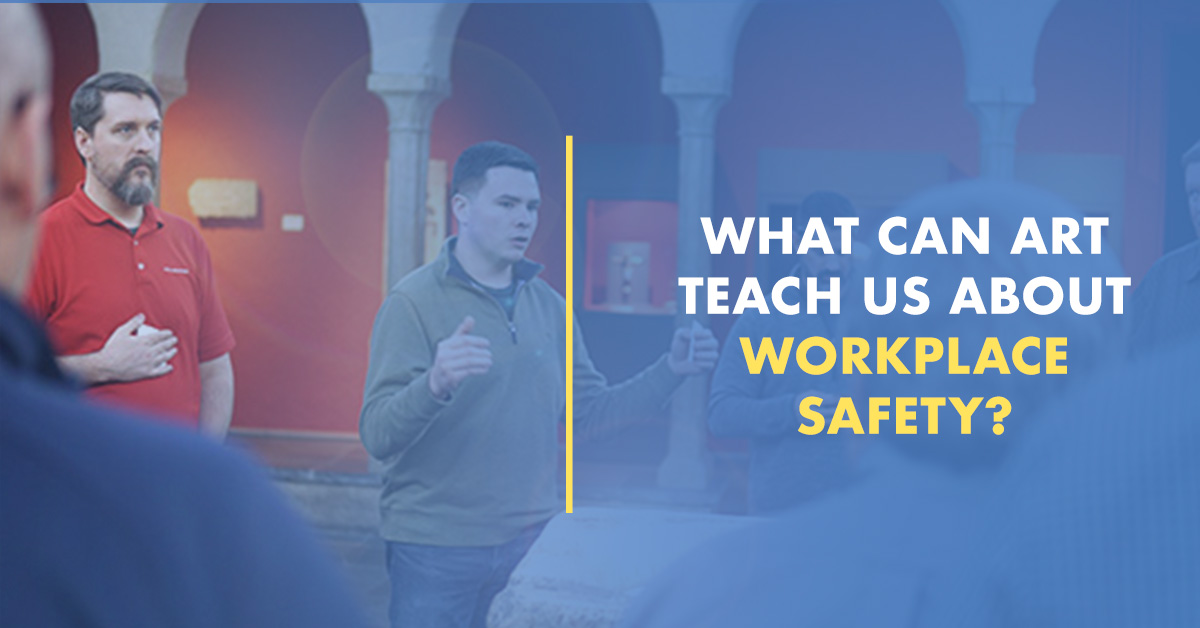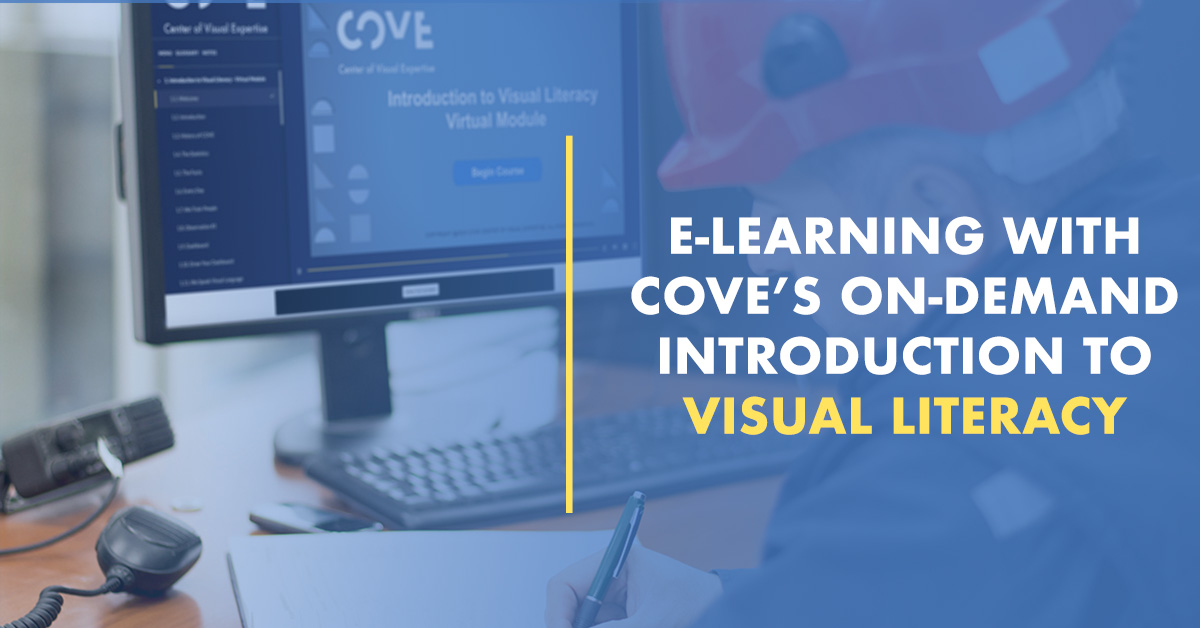Seeing is the Foundation of Effective Risk Management
Effective risk management begins with one essential skill: the ability to truly see. Visual literacy, the practice of enhancing observation and interpretation skills, is revolutionizing how organizations identify and mitigate workplace hazards. By sharpening the ability to see, employees can uncover risks that often go unnoticed, leading to stronger safety outcomes.
The Connection Between Seeing and Safety
Did you know that nearly 30% of workplace safety incidents are caused by a “failure to see” a hazard? Visual literacy equips employees with the tools to overcome this challenge, enabling them to better observe, interpret, and respond to their environment. Without truly seeing a hazard, employees are less likely to assess the associated risks accurately and manage them effectively—sometimes with serious consequences.
Why We Miss What’s Right in Front of Us
Research shows we consciously see as little as 10% of what we’re looking at. The rest is filled in by our brains, heavily influenced by expectations, biases, past experiences, and biology. While this mechanism helps us process information efficiently, it can leave critical details unnoticed, especially in safety-critical scenarios.
In most situations, this cognitive shortcut works well. But is it good enough for safety? Are we comfortable knowing that employees conducting risk assessments, safety audits, or Job Hazard Analyses may only be seeing a fraction of what’s in front of them? When it comes to the health and wellbeing of workers, relying on incomplete observations isn’t acceptable.
The Good News: Seeing is a Skill We Can Improve
While we may see with our brains more than our eyes, this process can be trained and refined. Seeing is a learned behavior, which means we can develop techniques and skills to observe more effectively. By practicing visual literacy concepts, employees can learn to identify hazards more accurately, interpret risks more thoroughly, and make safer decisions.
Visual literacy doesn’t just help employees see more—it helps them see smarter. And that makes all the difference in creating safer work environments.
Seeing hazards and exposures more effectively can allow us to more effectively comprehend or interpret the risk associated with those hazards. And that positions us to more effectively manage the risk. By managing the risk effectively we are much more likely to avoid, mitigate, or eliminate the potentially devastating consequences they may represent.
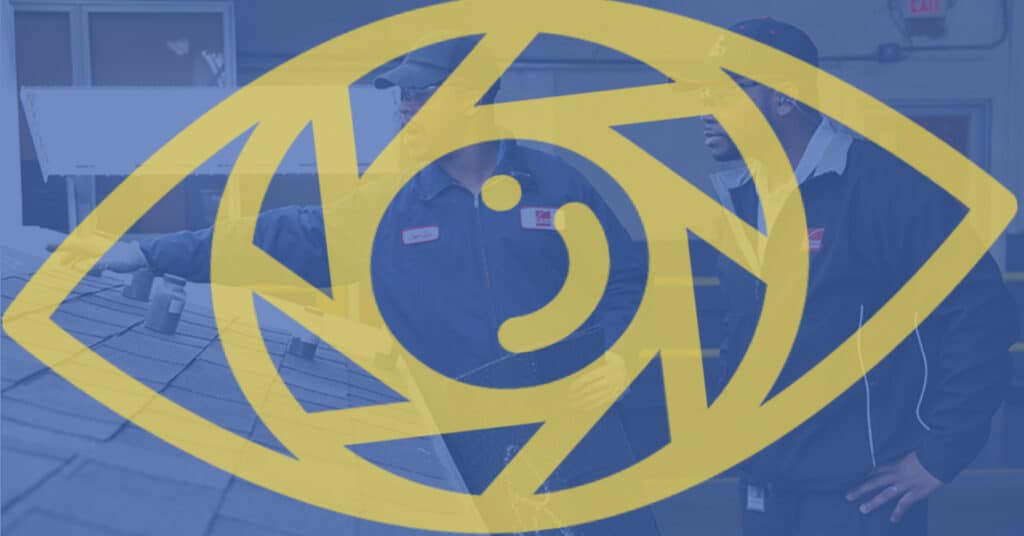
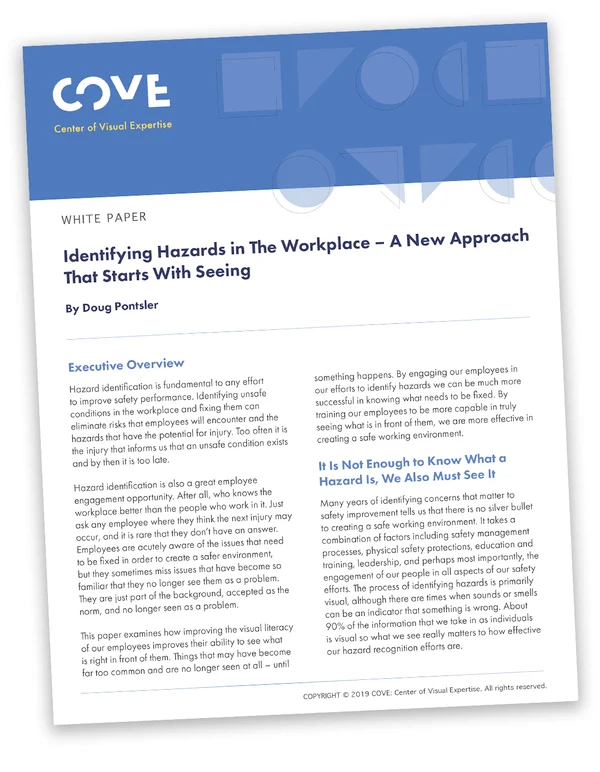
Ready to transform your risk management practices? Explore how visual literacy training can enhance hazard recognition, empower your team, and build a safer workplace. Download our white paper Identifying Hazards In The Workplace – A New Approach That Starts With Seeing.
